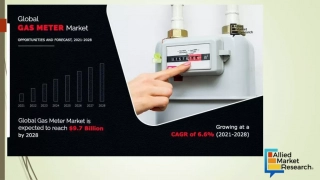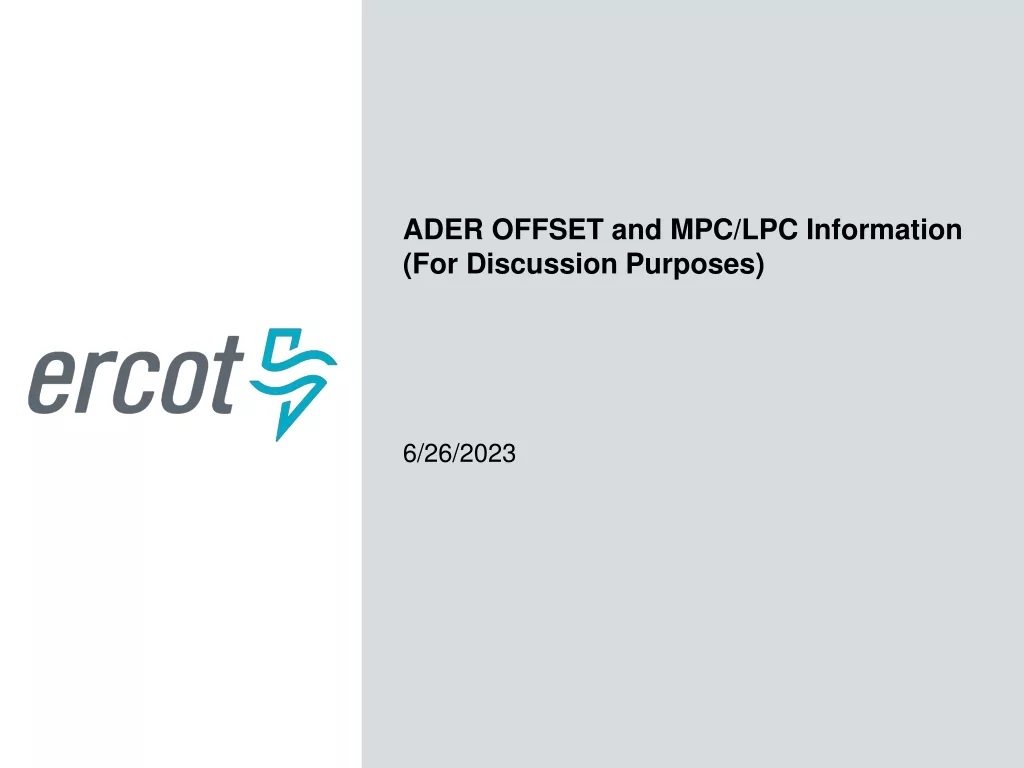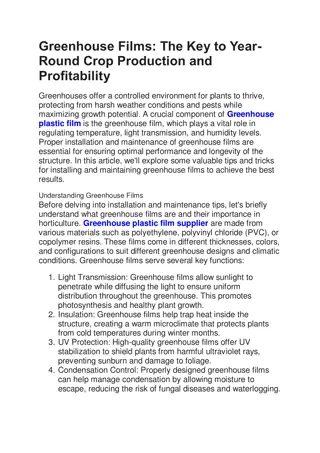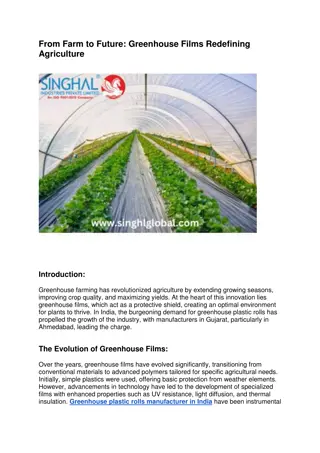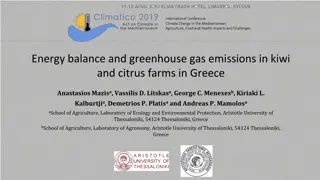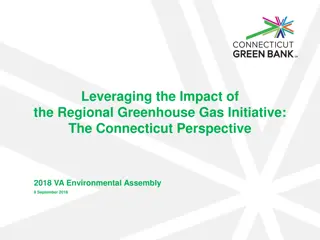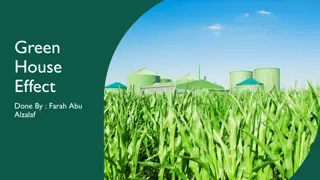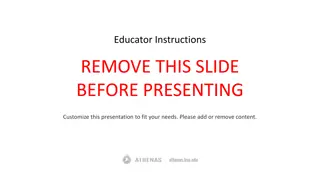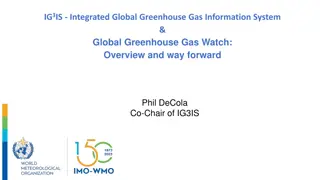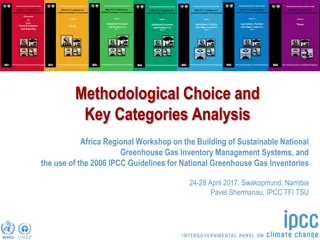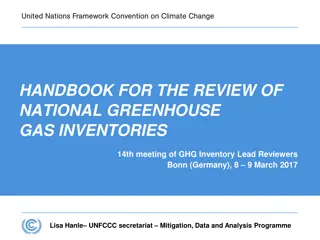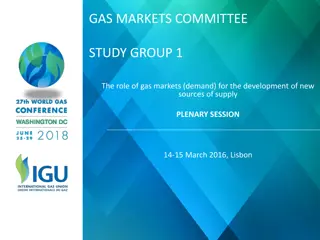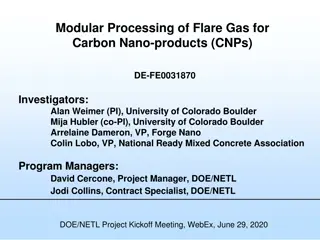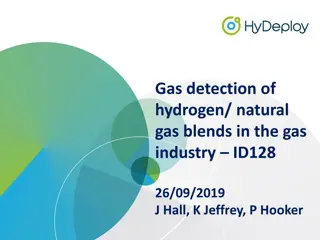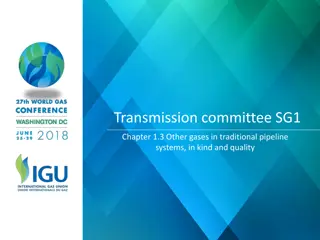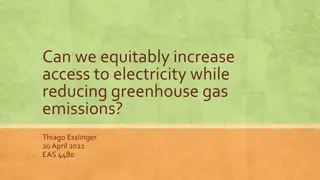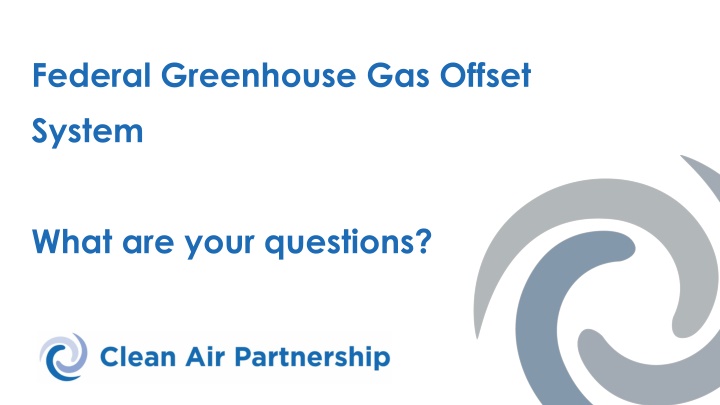
Federal Greenhouse Gas Offset System Overview
The Federal Greenhouse Gas Offset System aims to incentivize activities leading to GHG reductions beyond existing regulations. Learn about the system's purpose, target offsets, verification process, and more. Explore the key project types prioritized for initial protocol development.
Download Presentation

Please find below an Image/Link to download the presentation.
The content on the website is provided AS IS for your information and personal use only. It may not be sold, licensed, or shared on other websites without obtaining consent from the author. If you encounter any issues during the download, it is possible that the publisher has removed the file from their server.
You are allowed to download the files provided on this website for personal or commercial use, subject to the condition that they are used lawfully. All files are the property of their respective owners.
The content on the website is provided AS IS for your information and personal use only. It may not be sold, licensed, or shared on other websites without obtaining consent from the author.
E N D
Presentation Transcript
Federal Greenhouse Gas Offset System What are your questions?
About the Greenhouse Gas Offset Systems What is it for? To extend the carbon pollution price signal by implementing a federal GHG offset credit system (a federal offset system) and incentivizing activities that lead to GHG reductions that are not required under existing regulations or covered by other measures related to carbon pollution pricing.
Who are the Offsets For? Fed Draft Offsets Regs apply for use of offsets by large industries under the federal backstop (rate based) cap & trade system. (Output Based Performance System - OBPS - for large industries). That doesn t mean that other non OBPS entities can't also purchase offsets (because they can) but simply that this is the protocol that will guide the rules for offset use by those entities.
What Offsets are Being Considered The Department has identified and prioritized the four project types described below for its initial protocol development, which it plans to begin in early 2021: Advanced refrigeration systems: A protocol for activities that reduce or avoid the use of fluorinated refrigerants, such as hydrofluorocarbons (HFCs), which have high global warming potential (GWP). These activities may include installing new low-GWP refrigeration systems or substituting GHG- intensive refrigerants with less GHG-intensive alternatives through the replacement or retrofitting of existing refrigeration systems. Landfill methane management: A protocol for activities that reduce methane emissions from open or closed landfill sites, such as the installation and operation of equipment to capture and destroy methane. Improved forest management: A protocol for activities may include increasing rotation ages, thinning diseased trees, managing competing brush, and stocking trees to maintain or enhance carbon storage. Enhanced soil organic carbon: A protocol for sustainable agricultural land management activities that reduce GHG emissions and enhance soil carbon sequestration on agricultural lands.
How Would Offsets Be Verified? a description of the project including GHGs that are to be reduced or removed, activities to be carried out, location, start date, and baseline and project scenarios; an estimate of the total amount of GHG reductions that are expected to be achieved by the project over the crediting period; information on project characteristics that could lead to leakage that is, to indirect increases in GHG emissions outside of the project boundary; and for projects consisting of biological sequestration activities, a risk management plan identifying any risks of reversals of GHG reductions, as well as a description of monitoring activities and any other measures to be implemented to mitigate those risks.
Project Eligibility a start date prior to the publication date of the applicable federal offset protocol, the registration application must be made within 18 months of the protocol publication date; registration application made on or before December 31, 2023, the project start date must not be earlier than January 1, 2017; for any registration application made after December 31, 2023, the project start date must not be more than five years before the application is made. For a project with a start date following the publication date of the applicable federal offset protocol, the registration application must be made within 18 months of the project start date. The project must be located in a single province or territory in Canada.
Project Eligibility The project proponent is an individual who resides in Canada. If the project proponent is not an individual, they must have a business place in Canada. Project activities that generate offset credits cannot be required by law when the registration application is made or at the time of credit issuance (i.e. they must be the result of voluntary action). Project activities cannot be subject to any policy or other risk management instrument that places a price on carbon pollution, either directly through a carbon charge or tax, or indirectly through the issuance of emission credits or allowances (e.g. in a cap-and-trade or performance-based system). Project activities must be additional to a baseline scenario that reflects common practice or business- as-usual activities. The project baseline and GHG reductions resulting from the project must be quantified in accordance with the applicable federal offset protocol, published on the Government of Canada's Federal Greenhouse Gas Offset System webpage. The GHG reductions quantified for the project cannot be registered in any other program that credits those same GHG reductions. If the project was previously registered in the federal offset system, it has not previously been cancelled due to a reversal of GHG reductions determined to be within the project proponent's control (i.e. a voluntary reversal), nor has it already reached the end of its maximum crediting period.
What other eligible projects should be considered? Building energy efficiency emission reductions Transportation emission reductions Municipal tree planting Other types of projects?
What would offset selling mean to Municipal Carbon Targets? With zero emission targets how would municipal offsets be sold? What would it mean to sell those offsets to industry to offset their reductions? But it can play a role in making carbon reduction projects financially viable. Municipalities could attract large-industry offsets finance to create municipal emission reductions/removals. Municipalities would be creators and sellers of these offsets. Tonnes can only be used as offsets AFTER they exist and have been measured and verified.
Recommendations from Environmental Defense and Conservation Council of New Brunswick The sector to remove now is electricity. It is not trade-exposed and is critical to the national process of decarbonisation because electrification will underpin much of the process. We strongly urge the federal government to remove electricity from the OBPS post 2022 and instead to intensify federal-provincial official and political processes to treat electricity as the strategic national asset that it is. One of the main impediments to electrification of the economy based on efficiency and a largely renewable system is the need for electricity legislative, regulatory and policy reform. A nationally coordinated process, including financial incentives, and federal commitments to a near-zero national electricity system is needed to drive this reform and electrification process. Leaving electricity in the OBPS under the guise of protecting industry and consumers from near-term rate impacts will not set Canada on course to significantly deeper emissions reductions and could undermine Canada s goal to achieve a 90 per cent emissions free electricity system by 2030.
Inconsistent Application of the Benchmark Inconsistent application of the federal carbon pricing benchmark has led to a race to the bottom, particularly in provinces like Ontario, New Brunswick, Prince Edward Island, and Newfoundland and Labrador. Ontario1 and New Brunswick both put forward their own regulations for pricing emissions for heavy emitters (also OBPSs). Ontario and NB s OBPSs are significantly weaker than the federal OBPS. Sector-specific standards are expressed as a percentage of the average emissions intensity for a sector. Facility- based standards are expressed as a percentage of historical emission intensity of individual facilities. Hence, sector- specific standards are more effective at reducing emissions and incentivizing innovation than facility-based standards. Ontario has set sector specific standards for 13 industrial activities and facility-based standards for about 80 facilities. Using the federal OPBS would set sector-specific standards for 193 of the regulated facilities and facility-based standards were used for 24 facilities. We do not support federal approval of Ontario and New Brunswick s OBPS (and NB s and PEI s consumer levy) programs. The federal government should close the loopholes created through these decisions. At minimum, approval in Ontario should be delayed until sufficient detail to determine equivalency is provided. If Canada fails to apply the benchmark consistently across all jurisdictions, it could leave the country vulnerable to carbon border adjustments now under consideration by the European Union and the United States.
Strengthen the Benchmark The challenge with including sectors in the OBPS regime is that it is difficult to remove sectors once covered. To account for this reality, we would like to see ramp down rates consistent with staying within the global carbon budget and Canada s fair share, and with each sector s ability to transition to non-emitting processes. Ramp down rates in the range of eight to ten per cent a year is more consistent with these considerations, than the two per cent ramp down rate used in the modeling informing the December 2020 climate-action plan update. OPBS is a fossil-fuel subsidy: As noted, we believe competitiveness claims for industries included in the OBPS are overstated. We would further argue that inclusion in the OBPS unfairly subsidies industrial emissions given only 20 per cent or fewer emissions face the carbon levy. % of CAP that can be met via offsets: Allowing 75 per cent of an entity s emissions overdraft to be met through offsets seems excessive given the low level of emissions covered by the current OBPS and the suggestion that a two per cent ramp down rate to 2030 (as used in recent modeling). We suggest reversing the proportions so that offsets contribute no more than 25 per cent to resolve emissions overdraft obligations. Over time, we recommend that offsets options could increase as the ramp-down rate exposes more emissions to full carbon pricing, with consideration of an eight per cent cap as in California.
More Recommendations from ED and CCNB Start date for offset projects should be January 1, 2022 to ensure offsets generate credits that increase compliance flexibility in the post 2023 period when emissions coverage should increase. Integrity considerations like applying risk factors applied to biological projects, buffer credits and leakage considerations should be set at compliance-quality, best-practice levels. Soft regulations lead to low quality, low-cost offsets that undermine progress. Climate Action Reserve and the Air Resources Board use five per cent for non-forestry projects; leakage rates of 20% apply to forestry projects. Expert panels risk being dominated by stakeholders hoping to make money through offsets markets. Independent experts, including academics, must inform protocol development to ensure integrity. Representatives from provinces or the private sector who have an interest in maximizing offset creation should not dominate panel processes. Non-vested external peer review will be essential to finalizing protocols.
Next Steps? Does the CAC want to send in feedback on the proposed offset regulation? What other questions do you have?

